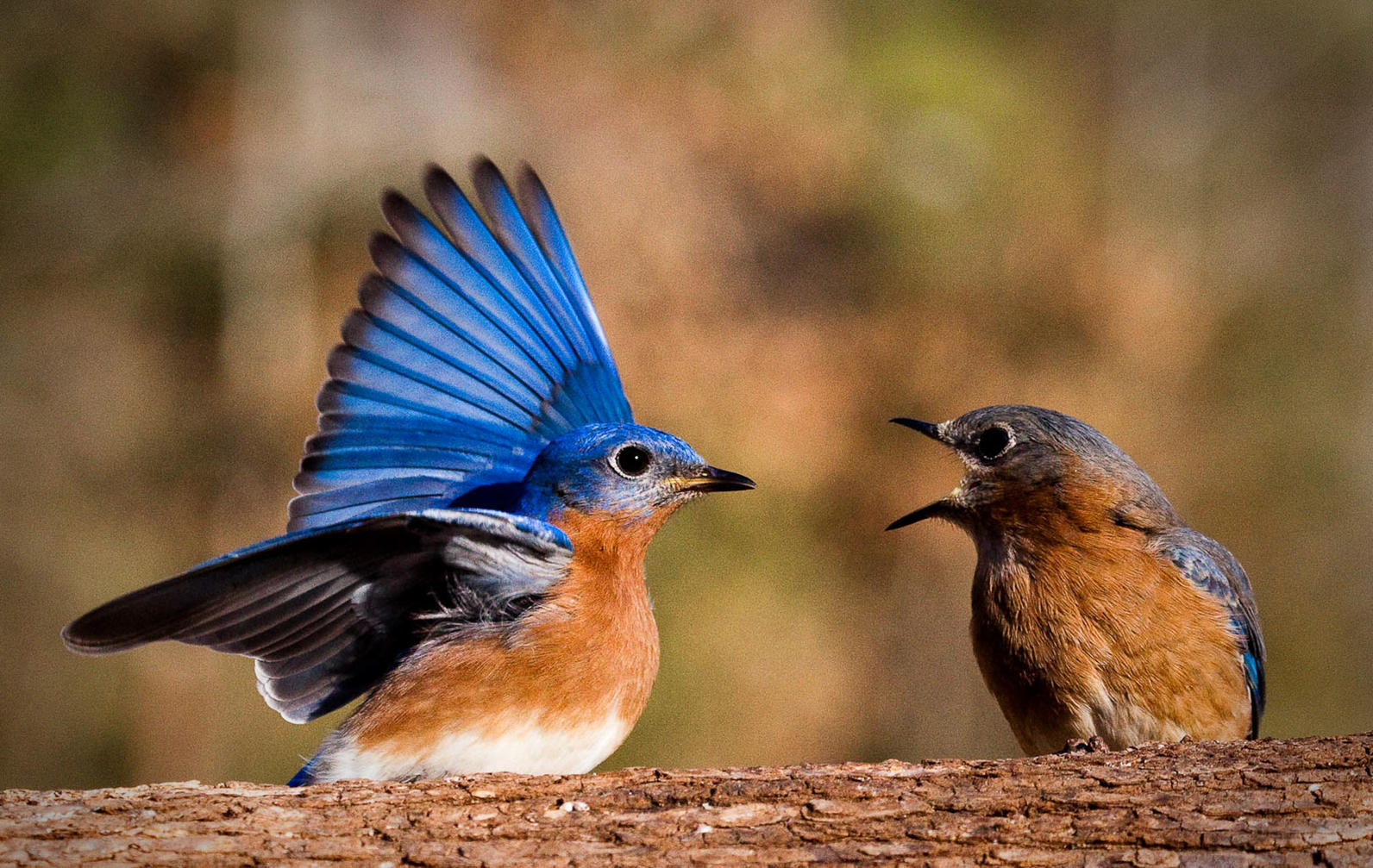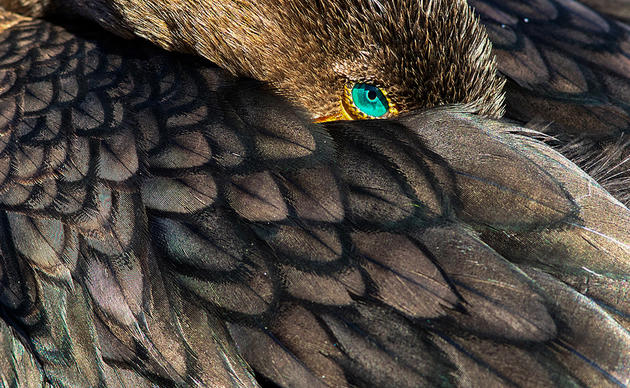Climate Watch

In 2014, Audubon released a groundbreaking report on the impact of climate change on North American birds. By overlaying expected climactic changes with species’ preferred conditions — for example, temperature and rainfall — the study models how birds’ ranges will shift and shrink over time.
Any model, of course, is just an educated guess, so it’s critical to test it by gathering more data. “Climate Watch” is doing just that, thanks to hundreds of community scientists across the country.
Here in South Carolina, nearly 50 volunteers are helping us track the Eastern Bluebird. This bright little creature is easy to spot, so even less experienced birders can participate. The Climate Watch protocol is simple, and data flies back to Audubon via mobile phone. By keeping it easy, we hope to involve young people, scout troops ... anyone who cares about the future of the planet.
In addition to validating Audubon's model, Climate Watch is also making the long-term challenge of a warming planet feel local and immediate. Soon hundreds of Audubon members and friends will have personal stories about how climate change is affecting their local birds. That matters — because personal stories can have a powerful impact on public policy.
Interested? Please check out the details in time to join us in January or June of each year!
PROJECT CONTACT: Matt Johnson, mgjohnson@audubon.org.




